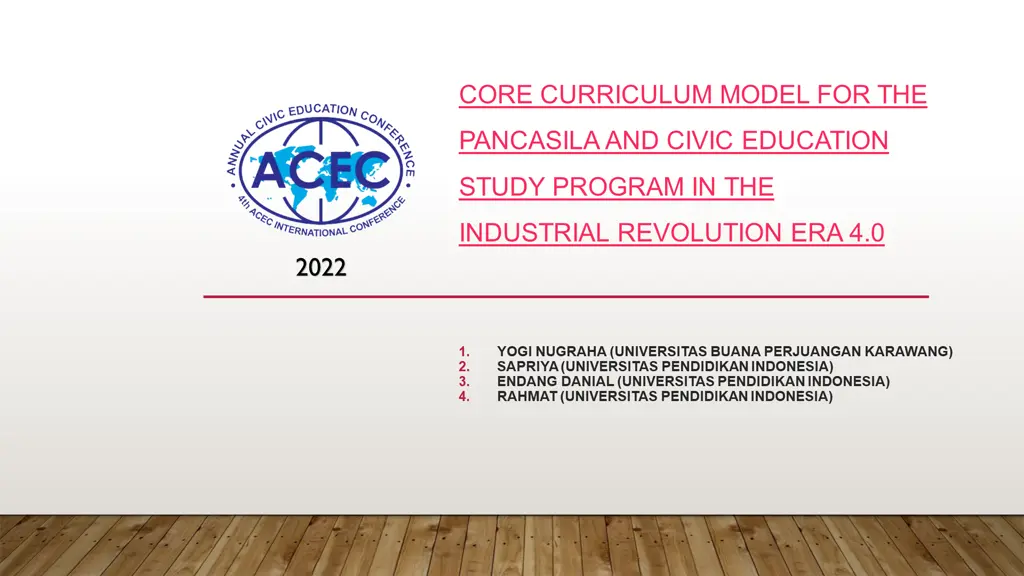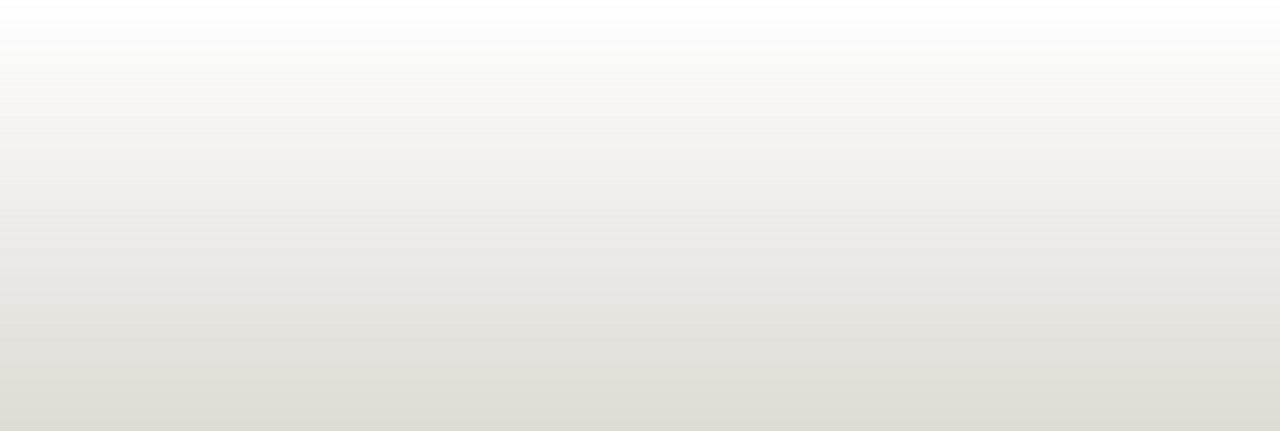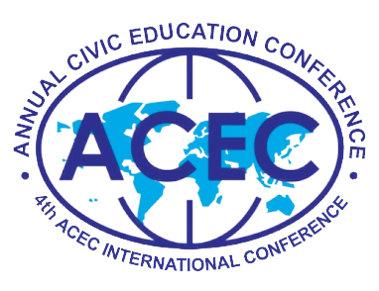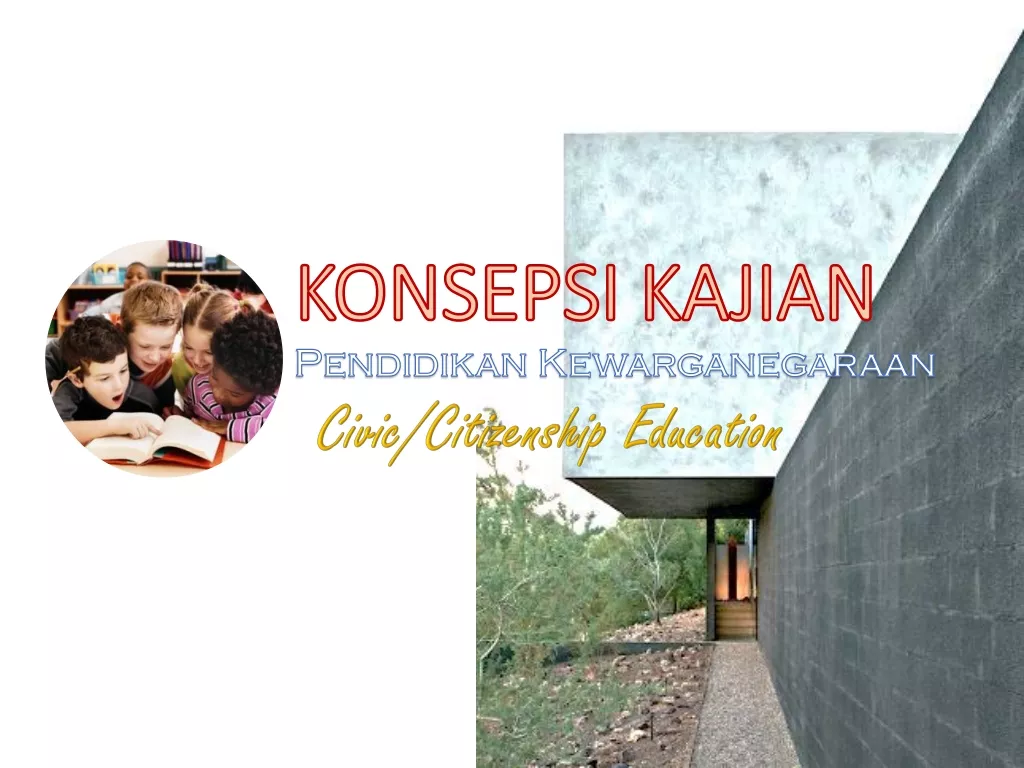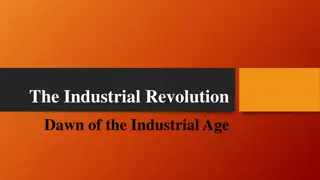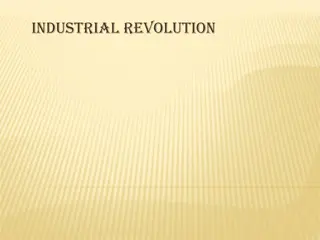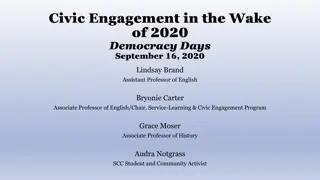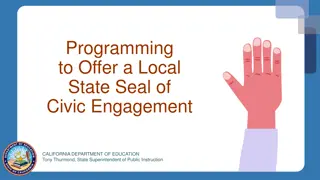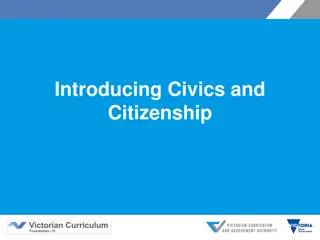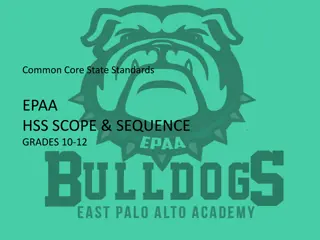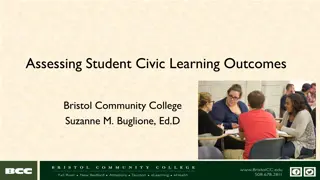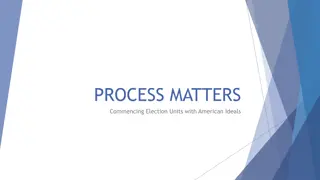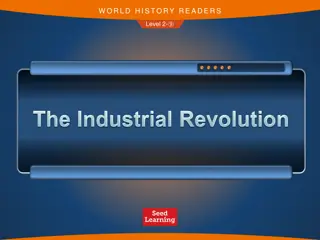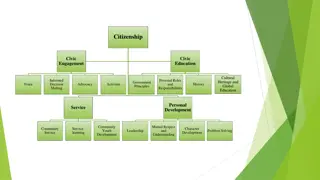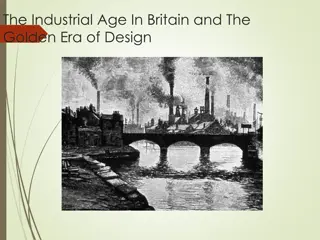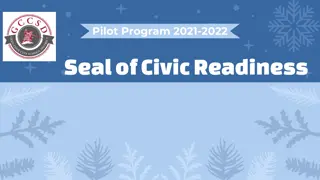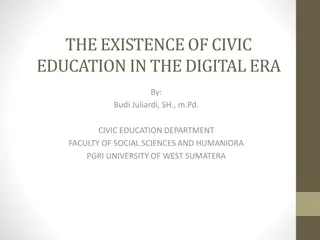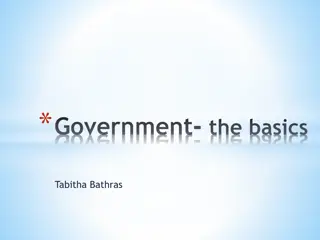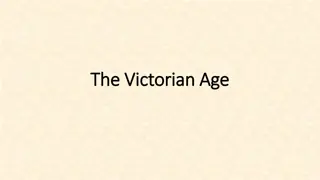Core Curriculum Model for Pancasila and Civic Education in the Industrial Revolution Era 4.0
This study explores the development of a core curriculum for the Pancasila and Civic Education study program in the era of the Industrial Revolution 4.0. It aims to address the need for a standardized curriculum to ensure equality in learning outcomes.
Download Presentation

Please find below an Image/Link to download the presentation.
The content on the website is provided AS IS for your information and personal use only. It may not be sold, licensed, or shared on other websites without obtaining consent from the author. Download presentation by click this link. If you encounter any issues during the download, it is possible that the publisher has removed the file from their server.
E N D
Presentation Transcript
CORE CURRICULUM MODEL FOR THE PANCASILA AND CIVIC EDUCATION STUDY PROGRAM IN THE INDUSTRIAL REVOLUTION ERA 4.0 2022 1. 2. 3. 4. YOGI NUGRAHA (UNIVERSITAS BUANA PERJUANGAN KARAWANG) SAPRIYA (UNIVERSITAS PENDIDIKAN INDONESIA) ENDANG DANIAL (UNIVERSITAS PENDIDIKAN INDONESIA) RAHMAT (UNIVERSITAS PENDIDIKAN INDONESIA)
INTRODUCTION Facing the era of the industrial revolution 4.0, the world of education should begin to clean up and adjust the curriculum according to the direction of the progress of the times. This does not mean replacing the role of an educator in conveying knowledge to students in the context of higher education, but it is the method that must begin to adjust to the times. The role of universities is very vital in shaping the character of students in particular. This statement is in line with the opinion (Komalasari, 2012) which states that "University as higher education institution creating young generation of national leader has very strategic role in the process of young generation's character building
INTRODUCTION The urgency of forming a core curriculum as an effort of the the Pancasila and Citizenship Education study program in achieving its final achievement is to produce graduates who are able to compete with other fields and outside the field of study program. The reality on the ground shows that the use of the the Pancasila and Citizenship Education study program curriculum does not use the same core curriculum in every the Pancasila and Citizenship Education study program in Indonesia. If it is not resolved as soon as possible, there will be inequality in learning outcomes in every Civics Study Program in Indonesia
METHODE This research is intended to be able to identify and describe the macro concept of the curriculum of the Pancasila and Citizenship Education study program which is oriented to the 4.0 industrial revolution Literature studies are used to understand in depth and comprehensively the curriculum of the Pancasila and Citizenship Education Study Program in the era of the industrial revolution 4.0. One of the reasons for using this method is to understand the development of the core curriculum of the Pancasila and Citizenship Education study program in Indonesia
RESULT AND DISCUSSION The curriculum is a learning plan that contains various amounts of materials and teaching materials that must be mastered by learners in order to complete their education (Zais, 1976). The higher education curriculum held in developed countries lies in how education can facilitate students to be able to bring them to their goals as closely as possible and is also strongly influenced by lifelong learning. Lifelong learning is a learning process designed to develop students' abilities and improve their quality of life later. Lifelong learning is defined as intentional learning to enhance the quality of life(Yap & Tan, 2022). The curriculum at the higher education level must be able to increase (1) the willingness of students to think globally and inclusively, (2) awareness of local implications for the international community, (3) self-awareness, (4) awareness of professionalism both in global and local perspectives, and (5) the values of cultural and other cultural diversity capabilities, which are indicators of the quality of graduates in a global environment (Leask, 1999).
RESULT AND DISCUSSION Curriculum needs that are relevant to today's developments are adapted to learning that prioritizes learning communication, collaboration, critical thinking, creative and innovative The development of the core curriculum for the the Pancasila and Citizenship Education study program is based on the absence of a core curriculum that is shared by the Civics Study Program in Indonesia The development of the core curriculum for the Pancasila and Citizenship Education study program cannot be separated from the scientific body of Citizenship Education which includes the fields of Civics, learning, politics, law and additional fields that support the needs in the era of the industrial revolution 4.0
CONCLUSION It is only natural that the world of education from now on and especially the the Pancasila and Citizenship Education study program must adjust these developments in accordance with advances in technology and information The role of universities is very large in growing students' abilities to be able to master technology. The technology used in the learning process in the the Pancasila and Citizenship Education study program is inseparable from the learning process that uses digital technology, both learning models and the use of learning applications in daily lectures.
REFERENCES K. Komalasari, The Living Values-Based Contextual Learning to Develop the Students Character, J. Soc. Sci., vol. 8, no. 2, pp. 246 251, 2012. R. S. Zais, Curriculum: Principles and foundations. Ty Crowell Company, 1976. J. S. Yap and J. Tan, Lifelong learning competencies among chemical engineering students at Monash University Malaysia during the COVID-19 pandemic, Educ. Chem. Eng., vol. 38, pp. 60 69, 2022. B. Leask, Bridging the gap internationalising university curricula. Paper Presented at NLC National Education Conference. Sydney: International Education: Bridging the Gap between Vision and Reality, 1999.
